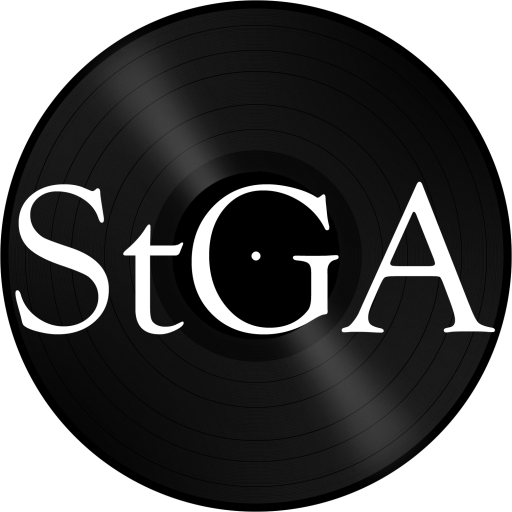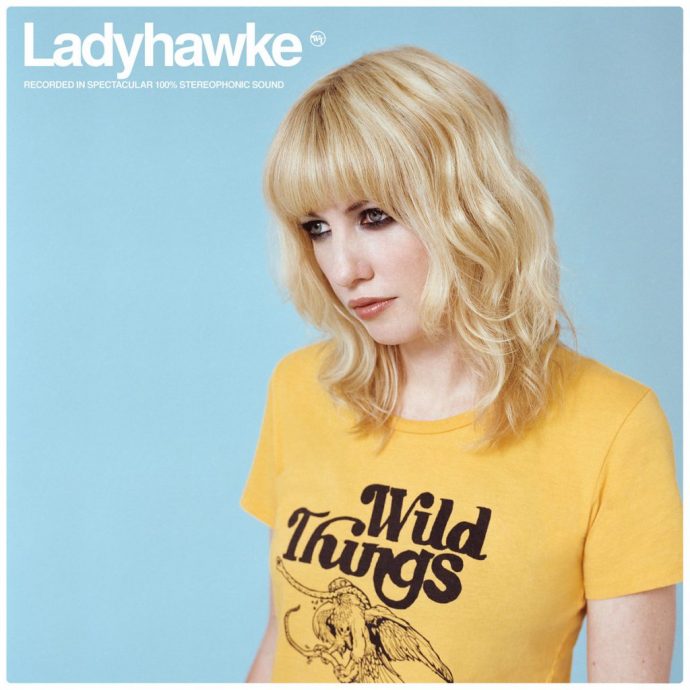There’s something very familiar about Ladyhawke’s third album, Wild Things. It doesn’t resemble the New Zealander’s past albums, it’s much more bubbly. Wild Things is familiar in that it sounds like a lot of other synth pop out right now and about 90% of current TV commercials. In fact, as I was listening to the album for the first time, I wasn’t sure if I had heard one of the songs before – first I thought I had messed up and was actually listening to one of the songs twice, then I realized it could have been in a commercial. It seemed possible it had been in an ad (it took me an embarrassingly long time to recognize another of my review subjects, The Pains of Being Pure at Heart, in a Hershey’s ad,) but it’s more likely that it just sounded so much like the rest of the album and current synth pop in general. Remember when Rivers Cuomo compiled his “Encyclopedia of Pop” to find the mathematical formula behind hit songs so he could recreate their success? Maybe Ladyhawke found the formula for the average pop song.
Neither of my theories for explaining why the album sounds familiar are correct. According to my Google search, a Ladyhawke song hasn’t been used in advertisements since 2014, and she probably doesn’t have a mathematical formula. Actually, Ladyhawke (whose real name is Pip Brown) spent the years since her last album getting sober, getting married, and dealing with her social anxiety. She’s in a more positive place and has more positive songs to show for it, which is where Wild Things came from. The New Zealand Herald even reports that she had darker material recorded but scrapped it when she decided that it wasn’t reflective of herself now. There’s a lot about love, there’s one about fellow wild things uniting to dance around a fire, there’s another about a rich young lady who wastes her money.
I started this album with extremely high hopes: I’ve enjoyed her previous two albums and I was hooked from the first listen by “A Love Song,” the opening track. It’s a great opener and the obvious single: with cracking ‘80s-style synth, it’s an energetic pop song with ambiguous lyrics about a relationship. The strong start doesn’t continue. “The River” seems promising, but uses “na-na-nahs” as cheap lyrical filler (a pet peeve of mine.) Speaking of which, “Golden Girl” also has strings of “oohs” in there, possibly for audience participation at live shows, possibly for filler. The title track has a robotic sound to its synth, making it sound like it could be on the Turbo Kid soundtrack (for those who haven’t seen it, the Le Matos-made soundtrack is all dreamy-meets-robotic ’80s synth pop, all the time.) While “Let It Roll” is short on lyrics (the ones it does have get over-repeated,) it is the closest to the old Ladyhawke vocals I remember with her breathy-yet-badass delivery. “Money to Burn” has some dreamy backing vocals, but gets a bit too authentically ‘80s with the flute-ish synth. “Sweet Fascination” is like a subdued CHVRCHES song. “Hillside Avenue” is a really soft dancehall song that doesn’t hit the mark. “Dangerous” closes the album with a sound that harkens back to Ladyhawke’s own “Paris Is Burning” mixed with Chromeo.
This isn’t a bad album, it just isn’t very memorable despite sounding so familiar. It’s all catchy and it would all fit perfectly into just about any ad campaign (despite my Google search, I wouldn’t be surprised to find that some of the songs have been in ads for months.) There’s nothing terribly wrong with this album, but aside from a couple of songs, it’s just missing that something special to make it stand out from the rest of the synth pop out there.
Rating: 6.1/10

